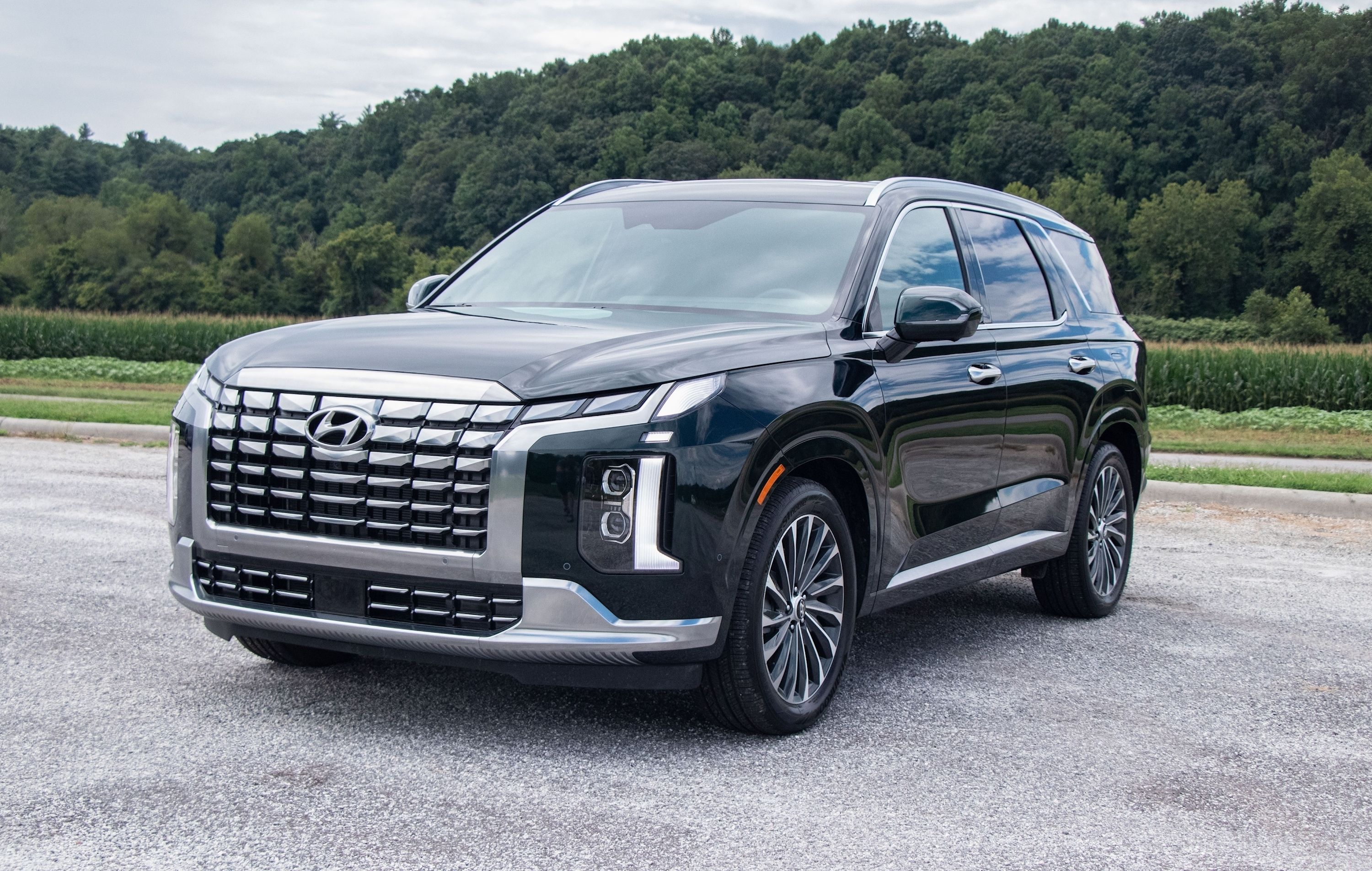
New and used car prices continue to remain high, though the latter has apparently peaked. But new vehicles will continue to cost more than they should until sometime next year, according to the latest research report from J.P. Morgan Chase.
Sorry folks, that brand new Hyundai Palisade or Honda Civic you've been eyeing won't come down in price just yet - but there's some new hope.
In the wake of the pandemic, the global supply chain was hit badly, and vital new vehicle components, specifically semiconductor chips, were suddenly lacking. With demand high and supply low, new vehicle prices shot up by thousands of dollars, increasing used car demand and costs dramatically.
The average price for a new vehicle in September 2022 was $45,622, an increase of $3,462 compared to September 2021. This was the fourth-highest price of all months on record.
"We estimate that half of the increase in new vehicle prices relates to the passing along of higher input costs, including raw material costs," said Ryan Brinkman, Lead Automotive Equity Research Analyst at J.P. Morgan. The data shows that raw material prices hit an all-time high last year with a 116% year-on-year increase. Not only did chip prices skyrocket, but the cost of essential battery metals like lithium, nickel, and cobalt also shot through the roof.
Of course, high new car prices resulted in high used car prices, the latter up by 42.5% in September 2022 compared to February 2020. "Used vehicle prices and new vehicle prices exist in a sort of feedback loop," said Brinkman.
The analysis further notes that although new car prices actually dropped by 1.4% in September, they're still expected to remain high until 2023.
"There's still a lot of inflation in the new vehicle supply chain. Even though raw material costs are falling, suppliers have a lot of other higher non-commodity costs - diesel, freight, shipping, logistics, labor, electricity - to pass on to automakers," Brinkman added.
J.P. Morgan's research predicts prices will decline by roughly 2.5% to 5% for new vehicles and 10% to 20% for used cars in 2023. So there is a glimmer of hope, but it's unlikely to happen until sometime next year, at the earliest.
